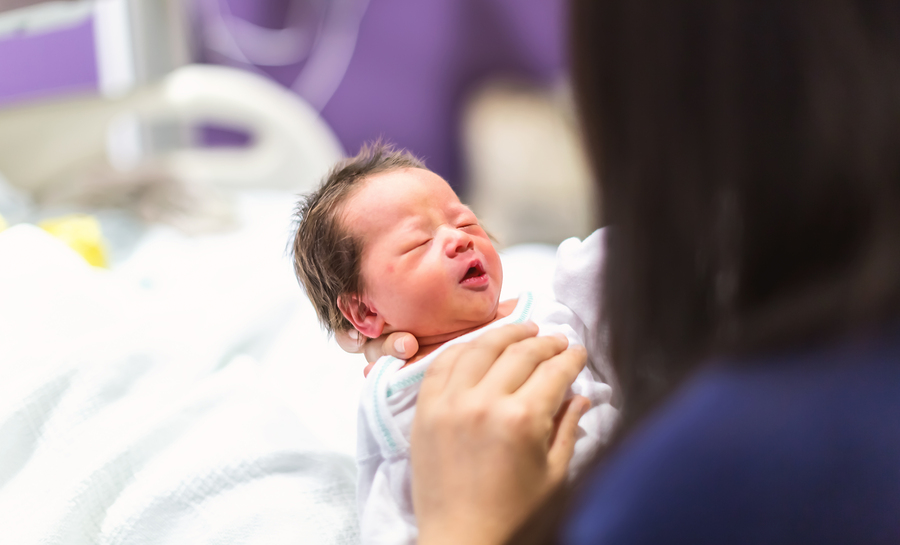According to a new government report, the U.S. birth rate is continuing to fall. For 2018, the nation’s birth rates reached record lows for women in their teens and 20s, the fewest babies born in 32 years.
RELATED STORY:
Based on more than 99% of U.S. birth records, the report found we had just 3.788 million births last year making it the “fourth year the number of births has fallen, the lowest since 1986.”1
And the current generation isn’t making enough babies to replace itself; the fertility rate of 1.7 births per U.S. woman also fell to just 2%. Experts warn that if this trend continues, “the U.S. can expect labor shortages including in elder care when aging baby boomers need the most support.”1
RELATED STORY:
Demographer Kenneth M. Johnson of University of New Hampshire’s Carsey School of Public Policy estimates that had fertility rates not dropped, 5.7 million babies would have been born in the past decade.
However, not everyone is concerned. Some experts believe that the young women of today will catch up in later life.
“The only two groups with slightly higher birth rates in 2018 were women in their late 30s and those in their early 40s.
American women are starting families sooner than most other developed nations, according to other research. Other countries are seeing similar declines in birth rates.”1
But the U.S. could encourage childbearing with policy changes like parental leave, preschool expansion, child care subsidies, even student loan debt and housing costs.
There were small declines in the births of Hispanics, whites, blacks and Asians although the number of babies born to native Hawaiian and Pacific Islanders was stable.
RELATED STORY:
The CDC report also found:
- The U.S. birth rate for women ages 15 to 44 was 59 births per 1,000 women, an all-time low.
- There were were 2% fewer births in 2018 than in 2017.
- The number of births to mothers ages 15 through 19 was 179,607, down 8%.
- A rise in premature births for the fourth straight year to 10% (from 9.9%).
SOURCE:












